Let’s talk about the kinds of garden beds you can choose from as well as WHERE you should put your garden. There are a few options and you can always mix and match them. I hope this post can help you narrow down the kind of garden you want and the placement of your garden.
Scroll down to see all the posts in this gardening series.
*Note: This is a collaborative series between my father, Boyd White, who has been gardening for nearly 40 years, and myself {Becky}.
**I am a participant in the Amazon Services LLC Associates Program, an affiliate advertising program designed to provide a means for me to earn fees by linking to Amazon.com and affiliated sites.
Kinds of Garden Beds
Now that you’ve thought through what you want to grow in your garden, you will want to decide what type of garden you want to use based on the space you have (or will have) for your garden.
There are basically only three types of “garden beds”:
- In-Ground
- Container
- Raised Beds
Using one particular kind of garden bed does not necessarily negate using another kind. I, Boyd, have used all three at one time or another.
1. In-Ground Garden
The easiest, and typically the least expensive, garden to begin with is “in-ground.”
Some gardeners prefer to till the soil to prep it while others prefer the no-till method. If the area being tilled or spaded is new, you will want to add some compost to provide nutrients your plants will need. If you do not till up the soil, you would instead lay down layers of compost or animal fertilizers {a.k.a. manure or poop} right on top of the soil to prep it.
The NO-Till Organic Vegetable Farm by Daniel Mays is a book I, Boyd, recommend if you want to go the no-till route. Raised Row Gardening by Jim and Mary Competti is another book I recommend.
PROS: cheaper start-up, can be easy if soil is right
CONS: If your soil isn’t good {like mine, Becky}, in-ground might be a lot of work; if you use the no-till method, it may take longer to prepare
2. Container Gardening
When you lack the space desired for the plants you intend to grow, container gardening works well for many plants. There are many kinds of containers you can use – from regular planters, to pots, grow bags.
You could use 5-gallon containers; just be sure to drill small holes for drainage. {If container gardening is your jam, here’s a great post to help.}
You can also use a tower, like the GreenStalk towers we have. I have really enjoyed these and currently have 65 strawberry plants in them as well as some winter veggies.
PROS: portable, great for limited space
CONS: you will need to check moisture level more often since moisture using this gardening method dries out faster than in-ground or raised beds, can tend to look junky {this is Becky speaking}
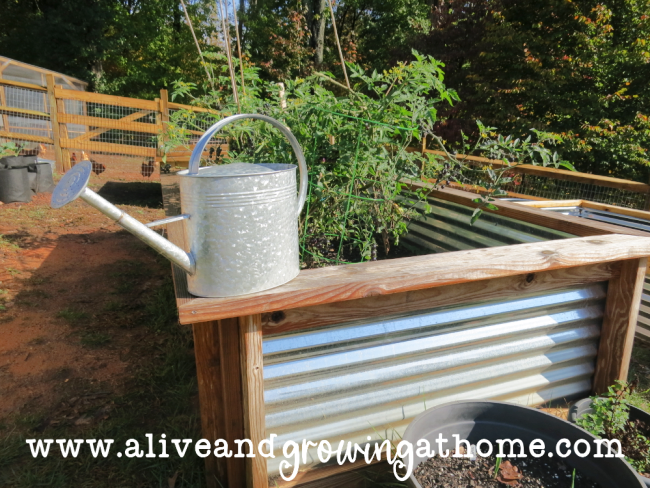
3. Raised Bed Gardening
These are the beds I, Becky, went with because 1- I like the look, 2- I didn’t want to deal with the hard red clay we have, and 3- our backyard is a huge hill of constant erosion.
PROS: they look pretty {this is my opinion, of course}, easier control of the weeds and erosion, can build them anywhere, even over concrete!
CONS: may requires more soil/compost {depending on how deep you make them}, can be expensive or labor-intensive to build
Once You’ve Decided Your Garden Beds…
If you’ve figured out your garden bed type(s) but are concerned about the fertility of your soil, one thing you can do is a soil test. This test helps to determine how much nitrogen, phosphorus, potassium {the big three elements, abbreviated NPK}, calcium, magnesium, sodium, sulfur, manganese, copper and zinc your soil contains.
The composition of the soil is just as important as the quality of the seed that’s planted.
There are several ways to test your soil for these elements.
- Simple Do-It-Yourself (DIY) Kits where you collect the soil to mix with water to get a general sense of how acidic or alkaline (the pH) your soil may be. Examples include: Garden Tutor pH Soil Test Strips Kit or Luster Leaf Rapitest.
- Digital Form like The Sonkir Moisture/Light/pH Tester which also gives you the acidity or alkaline fertility of your soil in about 10 minutes.
- Smart Readers like this one
- Your Local Extension Service {US Readers} – I, Boyd, believe the best way to determine the soil makeup is through your local extension service. Their service gives you a more thorough breakdown of the chemical content of your soil, but also with recommendations for what may be needed for both fertilizer and any lime needs based on what you plan to grow. You can expect to receive this analysis generally within a week or two.
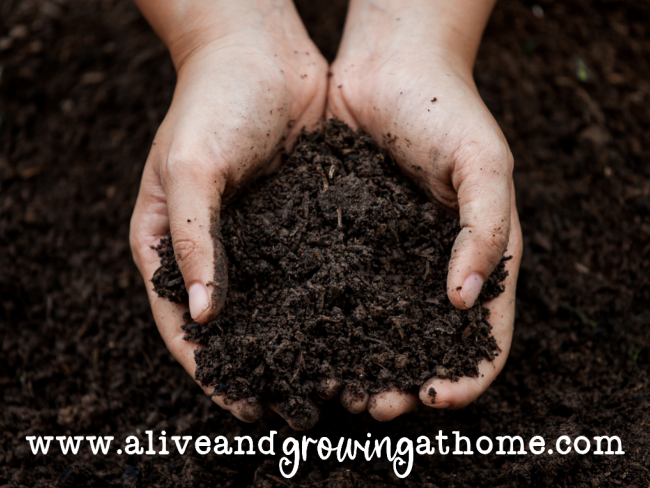
Location, Location, Location!
Just like house real estate, you want to pick a good location for your garden.
Here are a few things to keep in mind:
- Where’s the sun? You want to make sure your plants get the amount of sunlight they need. Plants need at least six hours of light, but many are happier with more. Remember, if you have lots of shade, container gardening may be your best option.
- Good drainage. You do not want to plant a garden in an area that sits in water for days after it rains.
- Flat {or level} land. If you don’t have a level area {like me, Becky}, you will probably want to build raised beds that have been leveled or use containers instead.
- Where’s the water source? You don’t want to be so far away that watering becomes a problem unless you happen to love weight lifting.
- Keep it close to your house. Like we said in a previous post, if you can’t see your garden, you’re more likely to forget about it.
- Protection. Will you be able to protect your garden from common pests like deer or rabbits? {Last year, I, Becky, put my pole beans along a fence that lined our woods. Something really enjoyed them…and it wasn’t us!}
Happy Gardening!
~Becky
More Posts in this Series…
- Introduction
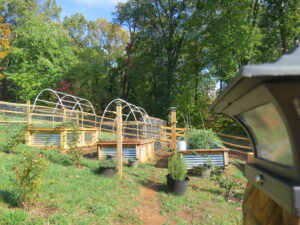
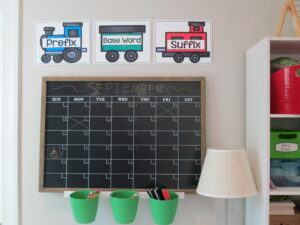
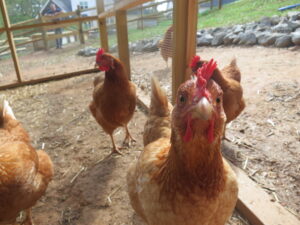
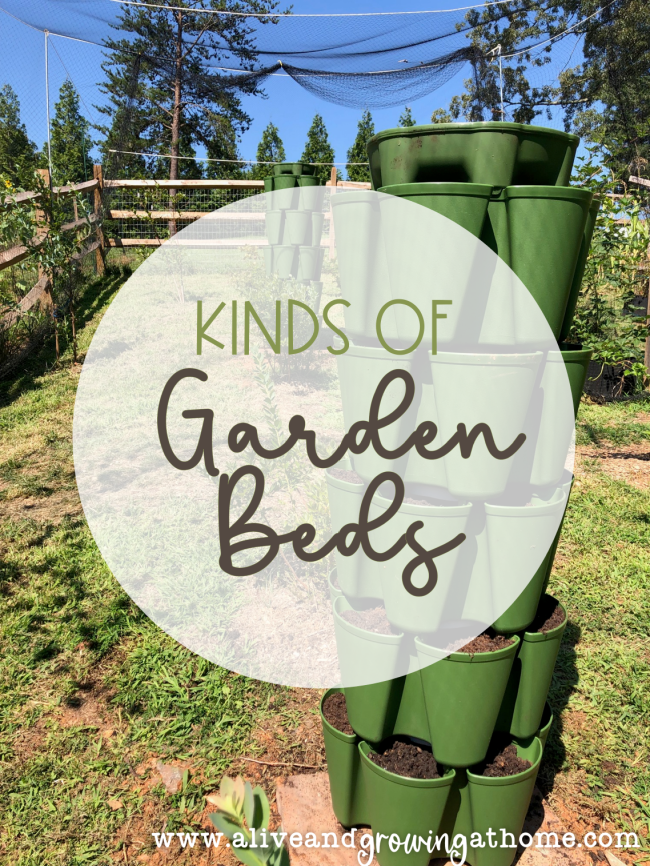
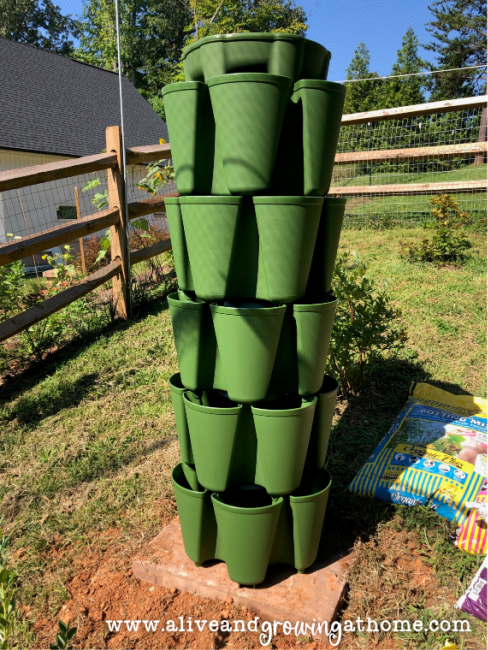
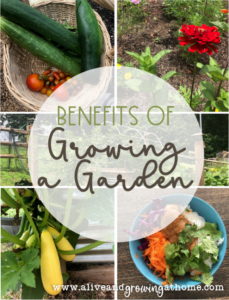
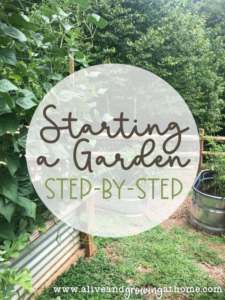
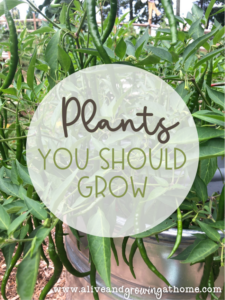
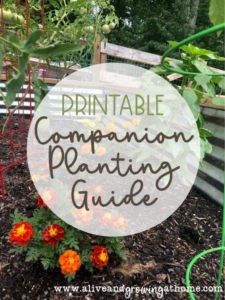
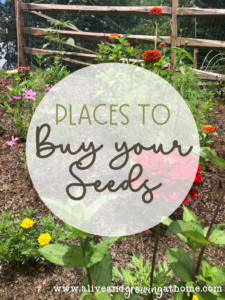
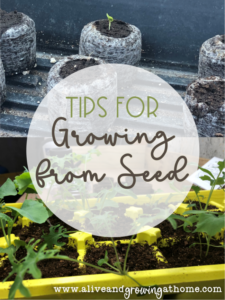
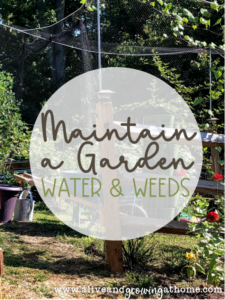
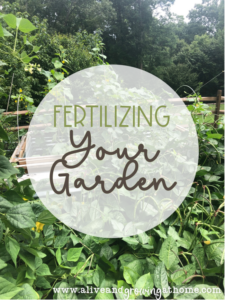
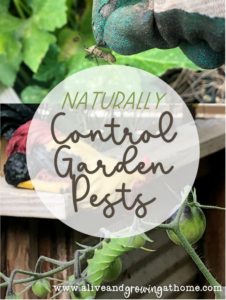

Leave a Reply